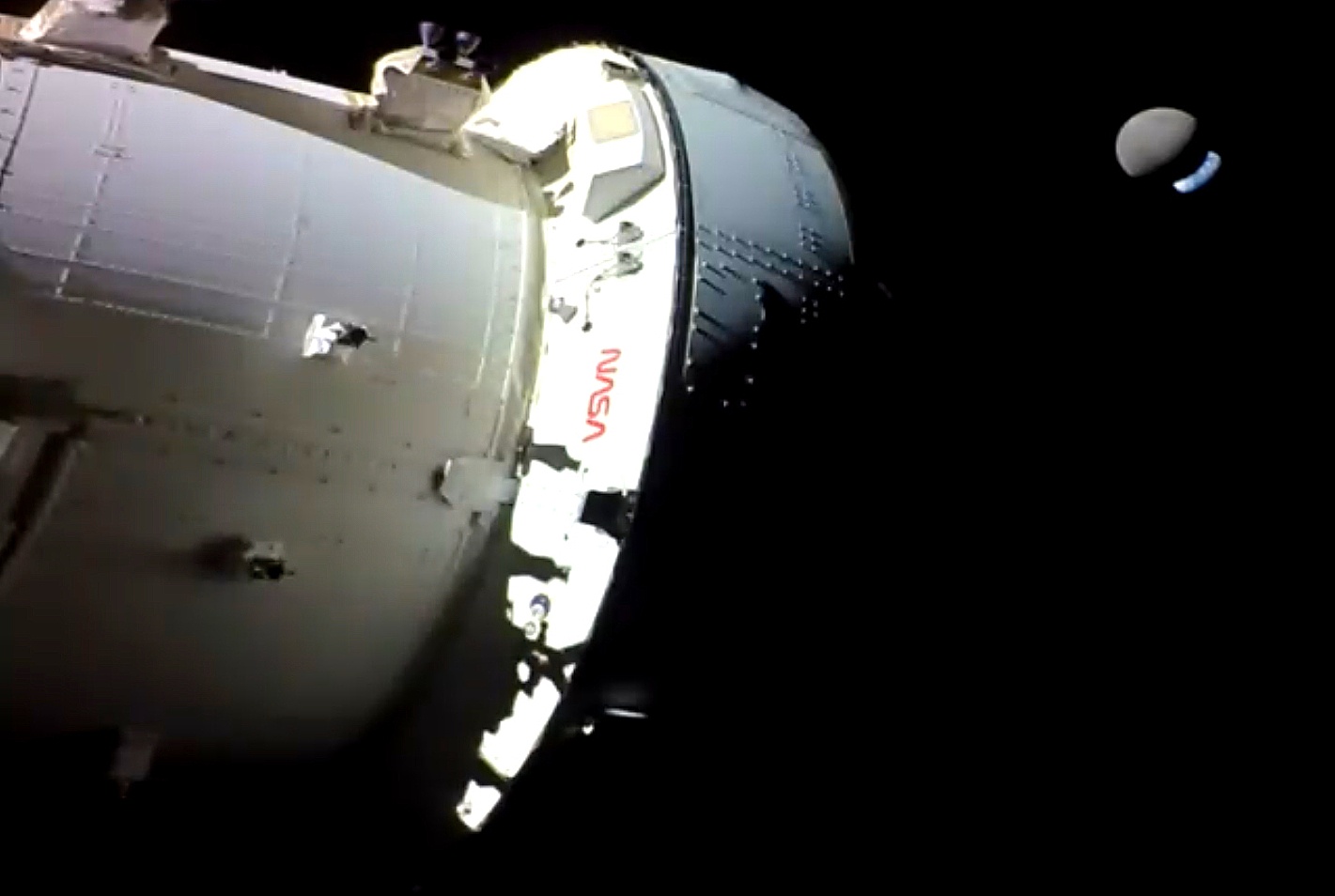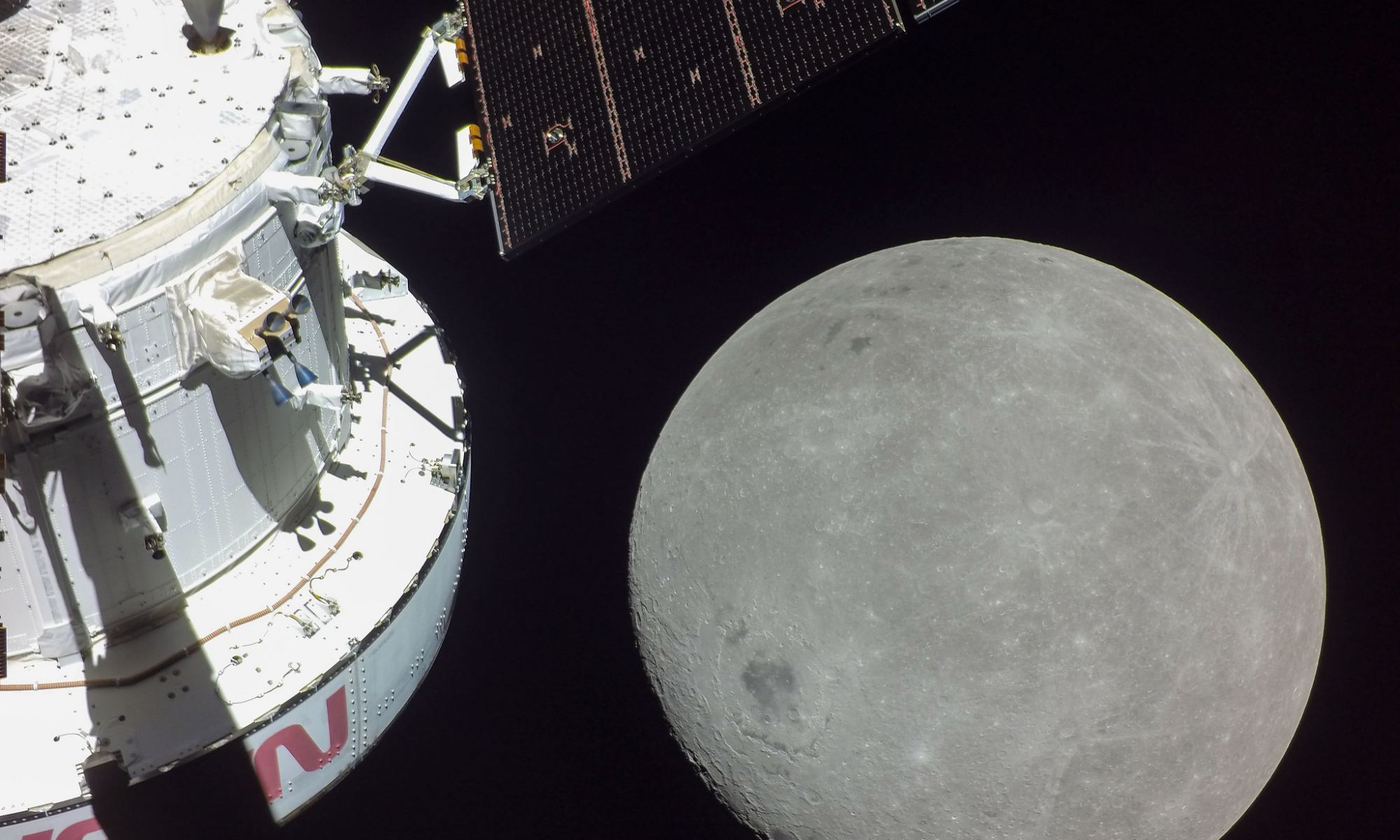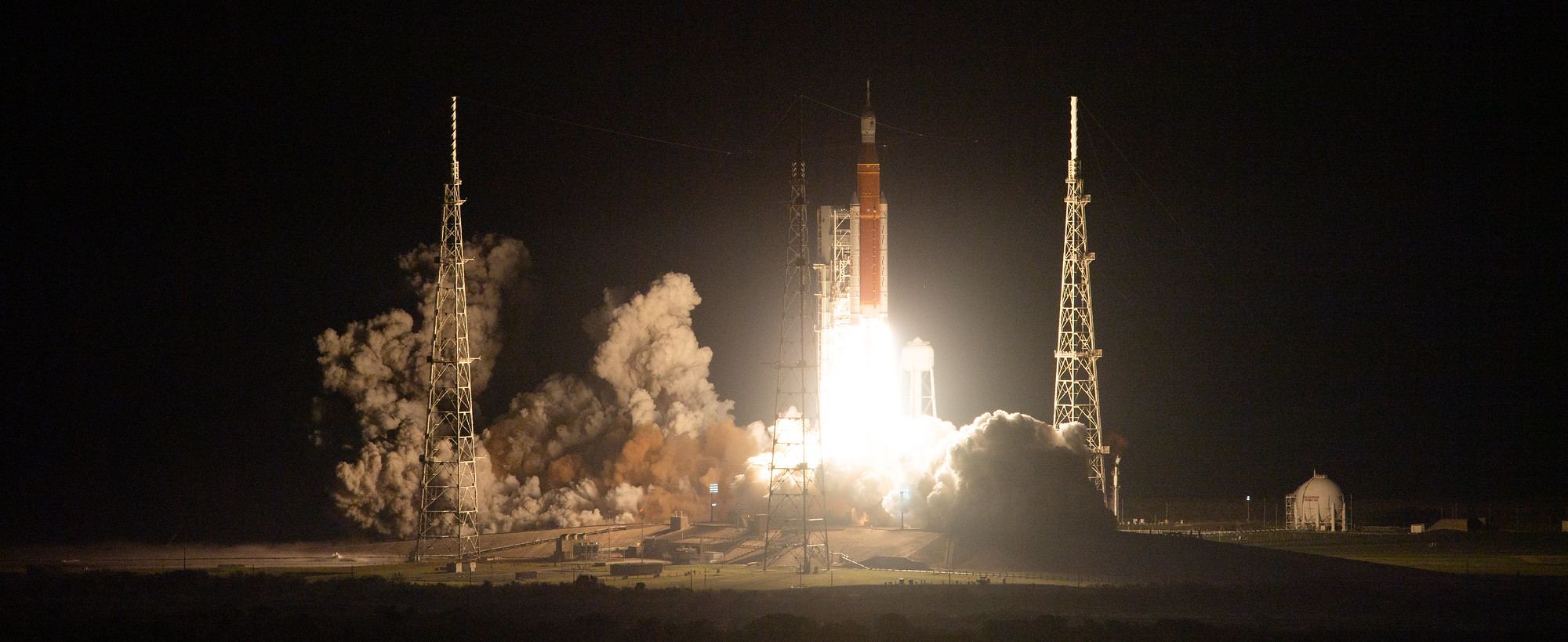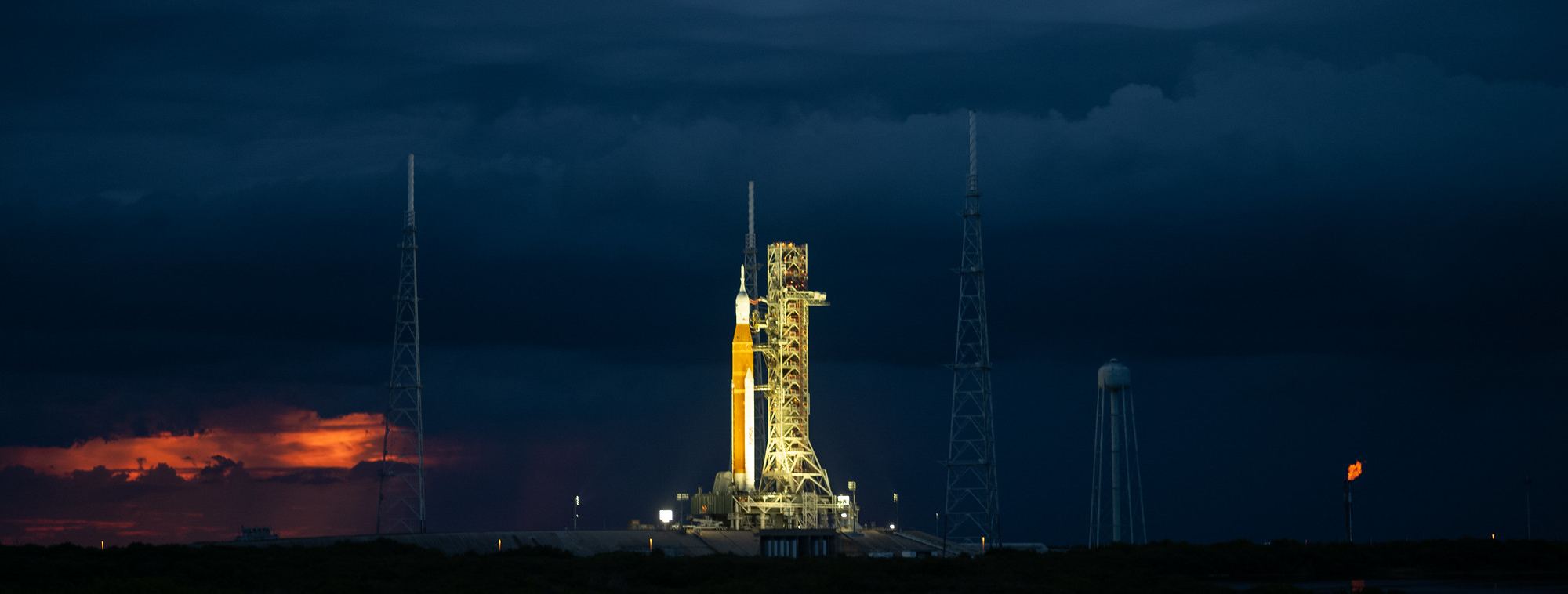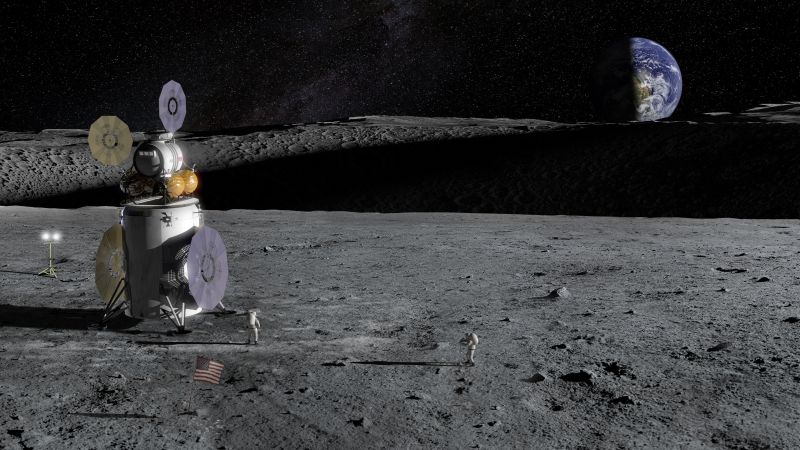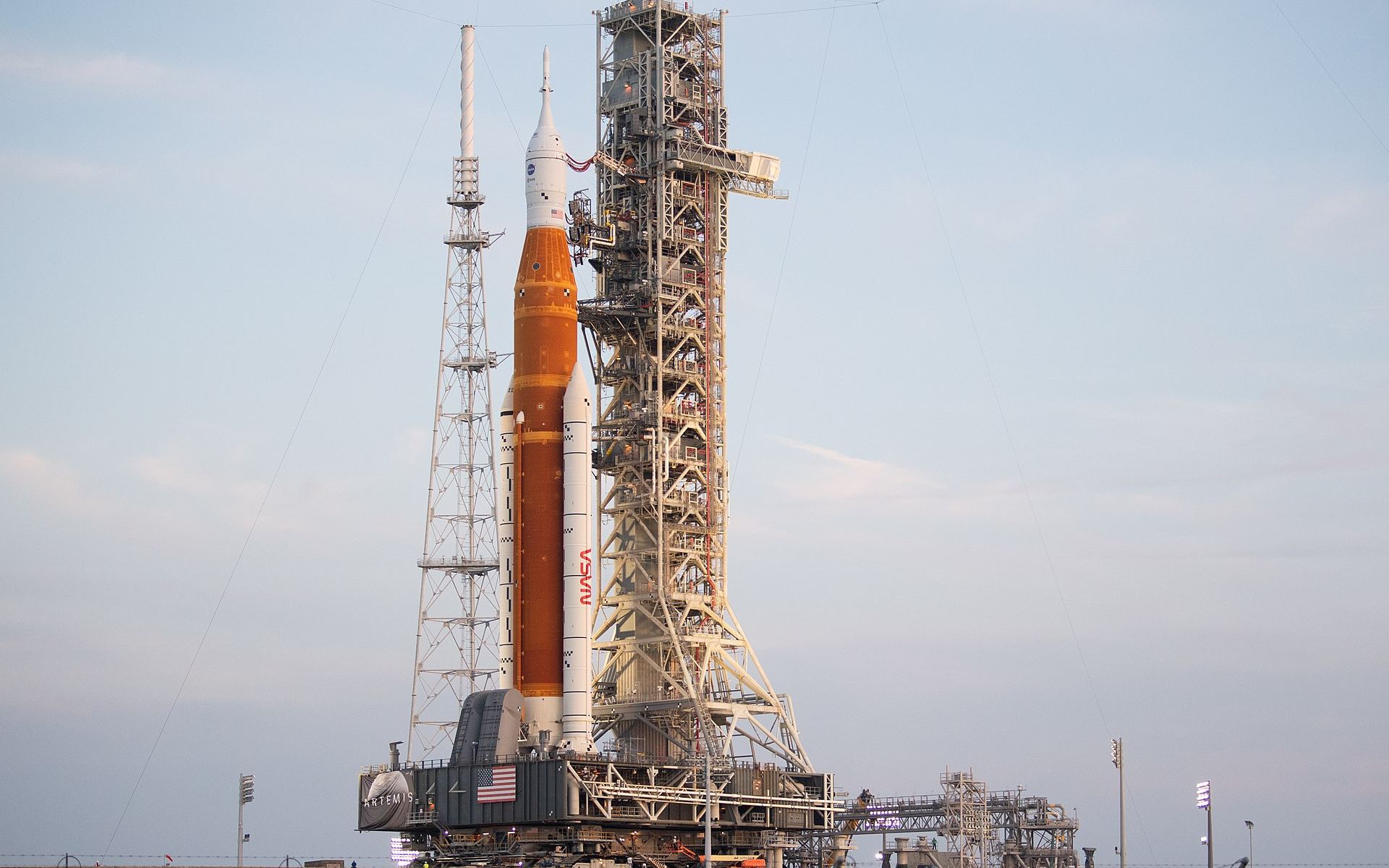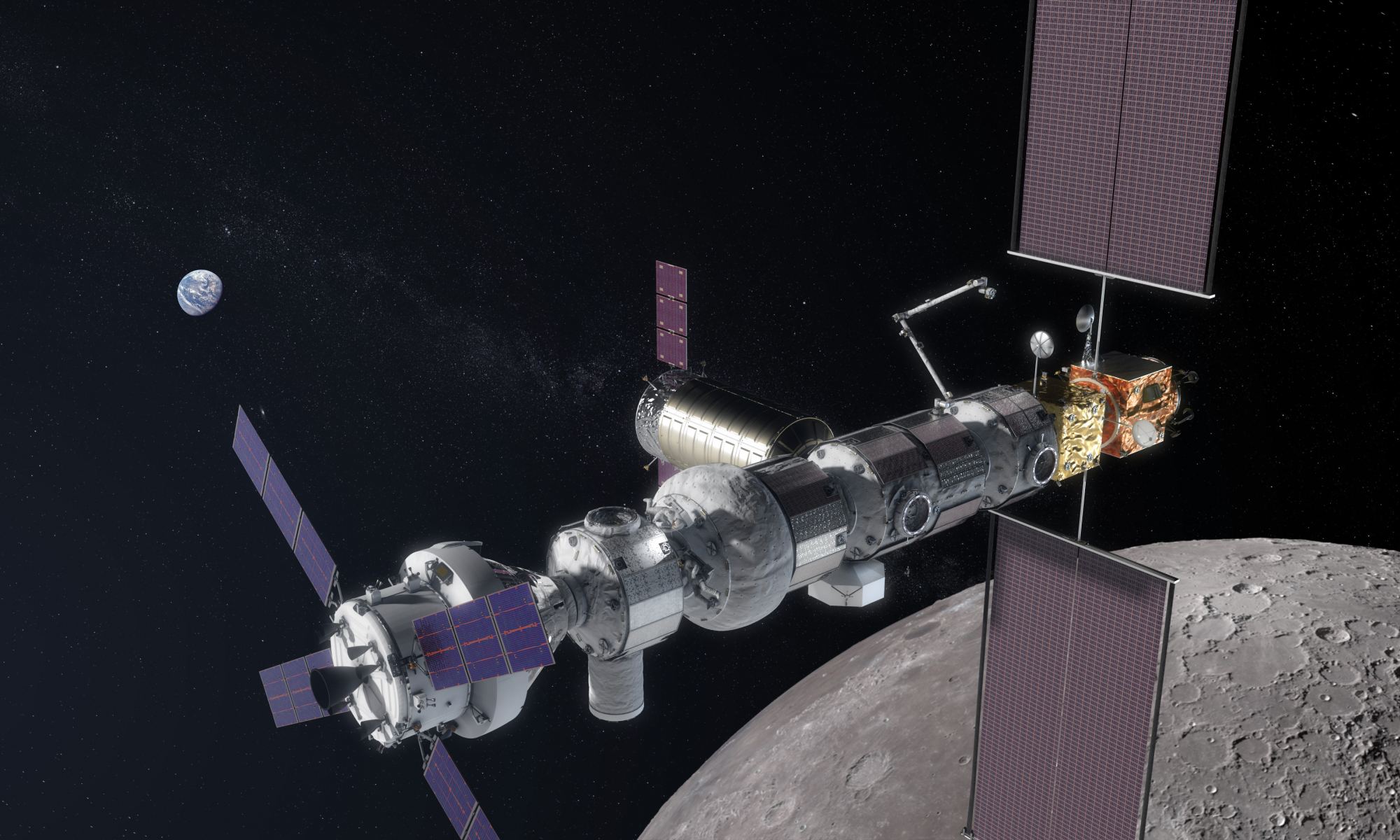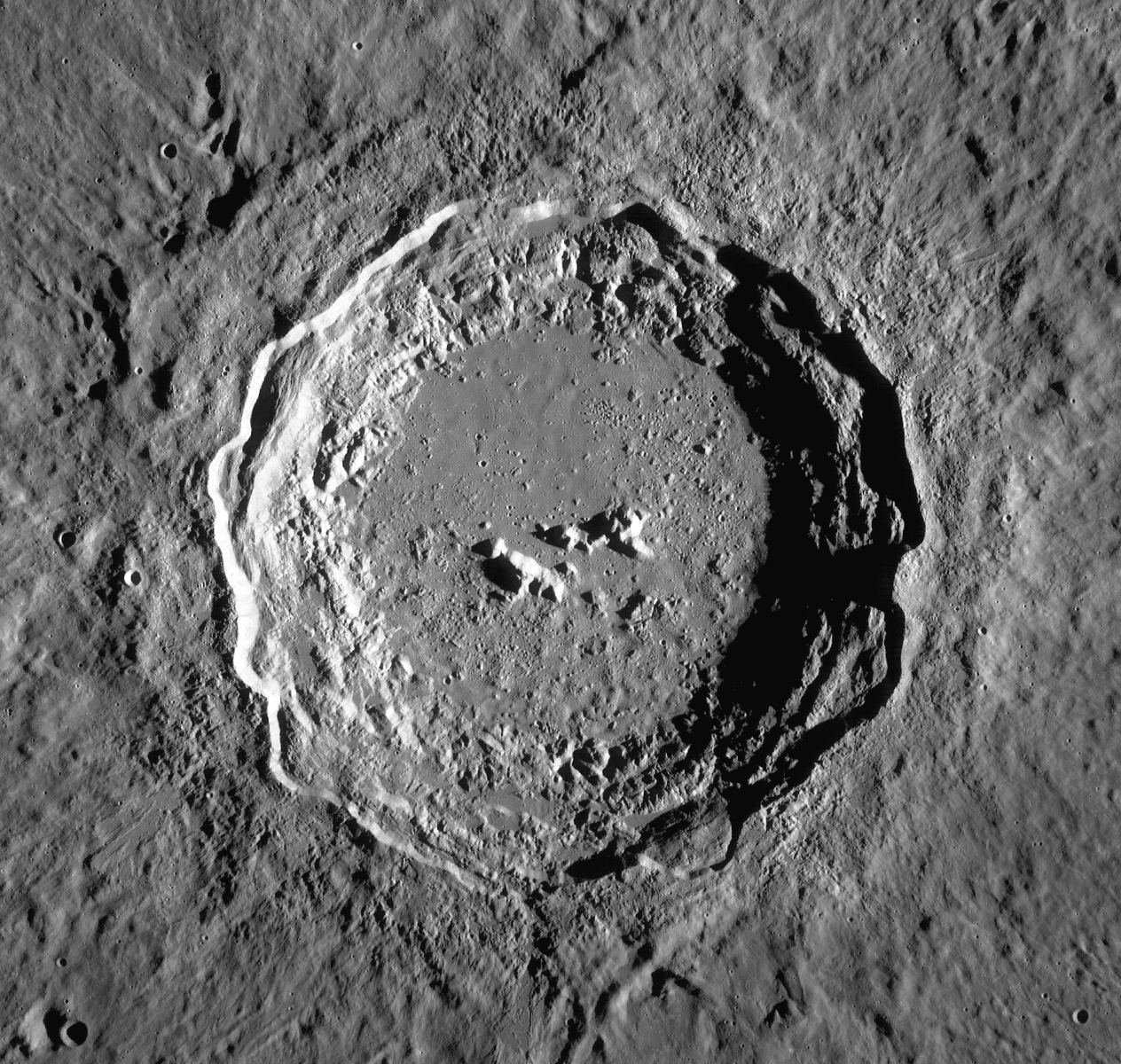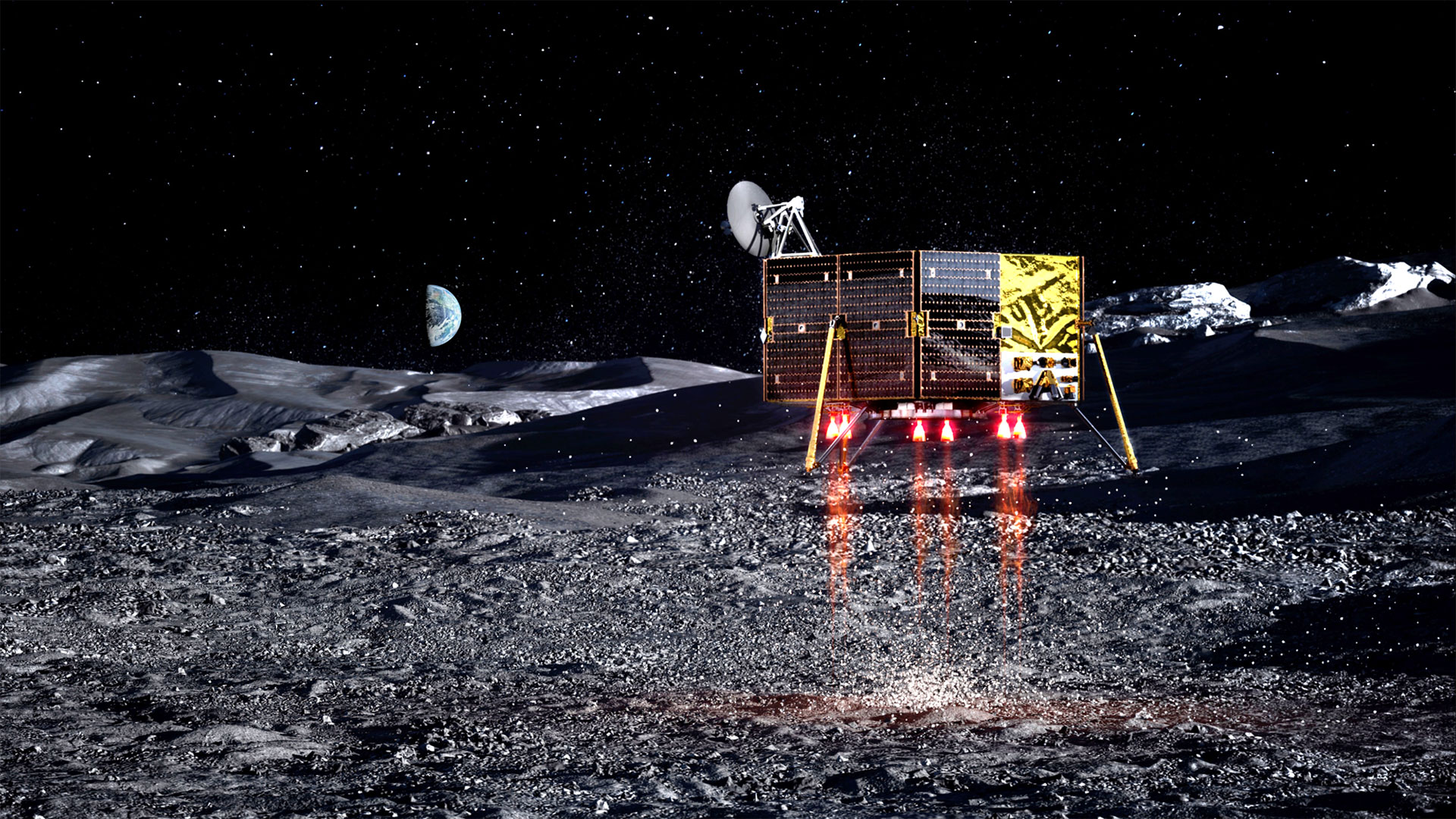Have you ever seen a lunar eclipse of the Earth from the far side of the Moon? Now we have.
On Monday (November 28, 2022) NASA’s Orion spacecraft streamed back live video showing the Earth and Moon right next to each other, followed by a stunning view of the Moon eclipsing the Earth.
What a time to be alive! Image editor Kevin Gill might have said it best:
Continue reading “OK, Artemis. Now You’re Just Showing Off. A Stunning View of the Moon Eclipsing Earth From the Orion Spacecraft”
